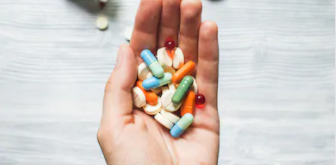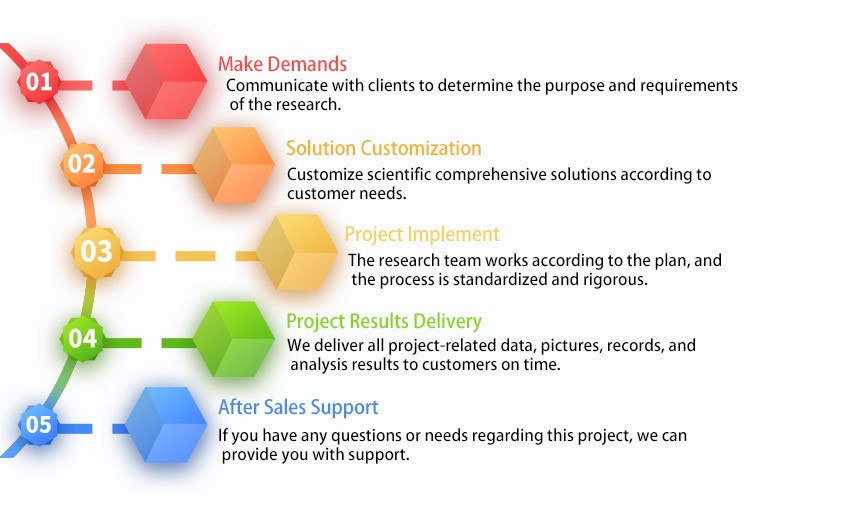Drug interaction refers to the compound effect produced by the patient taking two or more drugs at the same time or within a certain period of time, which can enhance the drug effect and reduce the side effects, or reduce the drug effect and cause additional side effects.
According to the principle of occurrence, it can be divided into pharmacokinetics and pharmacodynamic interactions.
The pharmacodynamic interaction is that a drug changes the sensitivity or response of the tissue to another drug through the same (competitive) or blocking (antagonistic) effect.
The pharmacokinetic interaction is usually that one drug changes the absorption, distribution, protein binding, metabolism, or excretion of another drug, thereby changing the number and duration of the drug available at the receptor site.

Creative Bioarray is a professional service provider for drug preclinical research and provides a series of in vitro drug-drug interaction assays. We design and implement drug-drug interaction studies to provide customers with accurate and reliable data for follow-up research. Our approach complies with regulatory guidelines. Our comprehensive plan includes:
Creative Bioarray focuses on creating a one-stop service, dedicated to saving time and cost for customers, improving communication efficiency and accelerating the process of new drug research and development. Our drug interaction research uses mature technologies to provide a reliable basis for new drug development and drug preclinical research.

Professional Platform and Excellent Team
We have a professional technical platform, equipped with advanced instruments and talented and well-trained experts.
Committed to Quality
We put quality first. We provide high-quality products, services and solutions to support customers worldwide.
World-class Service Capabilities
We provide one-stop service, from order to final report, to provide the best solution for your research. We hope to help you complete your research more easily and efficiently.
Customer-centric
We adhere to a mutually beneficial and win-win cooperation model, pay attention to customer needs and goals, and create the greatest value for customers.
If you are interested in our services, please contact us for more detailed information.
Online Inquiry